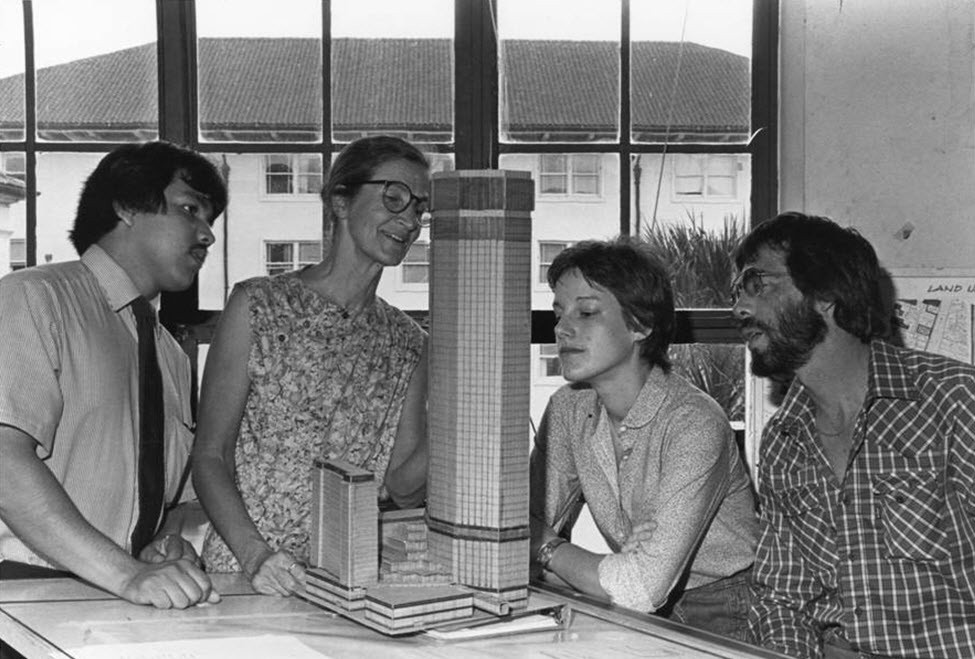Writing for The New Yorker, Alexandra Lange details the careers of several women who played prominent roles in the development of twentieth-century architecture and design but whose names barely appear in the official history of these disciplines. Their accomplishments were often in the areas of public school design, toy design, or architectural education—fields to which women had some access in otherwise male-dominated professions. Here’s an excerpt from Lange’s piece:
Design and architecture have been, and remain, professions dominated by men. But when I set out to write my new book, “The Design of Childhood”—about the toys, playrooms, classrooms, and playgrounds that make up the worlds of children—I found a funny thing: women. Mostly women like Ruth Belew: handy, empathetic, often educators, ready to step in where they saw design with a capital “D” falling short. These women may not be listed as “inventors.” They may not have had the training to be “architects.” But they were the driving professional forces behind the beginnings of modern childhood and kindergarten education. Working with children, after all, was the rare field in which women’s gender was seen as an asset rather than an obstacle. As children gained their own spaces, their own toys, and their own diminutive furniture, beginning in the nineteenth century, refining, proselytizing, and testing designs meant for children was women’s work. We see their influence everywhere …
My time spent writing about and researching the classroom and the playground has given me an expanded view of the history of design. Women have always been there—as recent histories have shown them to have been in computing, the sciences, and a host of other male-dominated fields—but we have overlooked their contributions. When it was recently announced that J. P. Morgan Chase would tear down 270 Park Avenue, a fifty-story skyscraper designed for Union Carbide by the firm Skidmore, Owings & Merrill, the preservationists’ defense included the note that the senior designer of the building was a woman, Natalie de Blois. To write a more inclusive version of architecture history required nothing more than adding one more name to the list of credits. But adding de Blois was no less than an admission that architecture is a collaborative art, and a skyscraper can never be the product of a single hand.
Image: Natalie de Blois examining a skyscraper model with her students at the UT-Austin School of Architecture in the 1980s. Via Medium.
